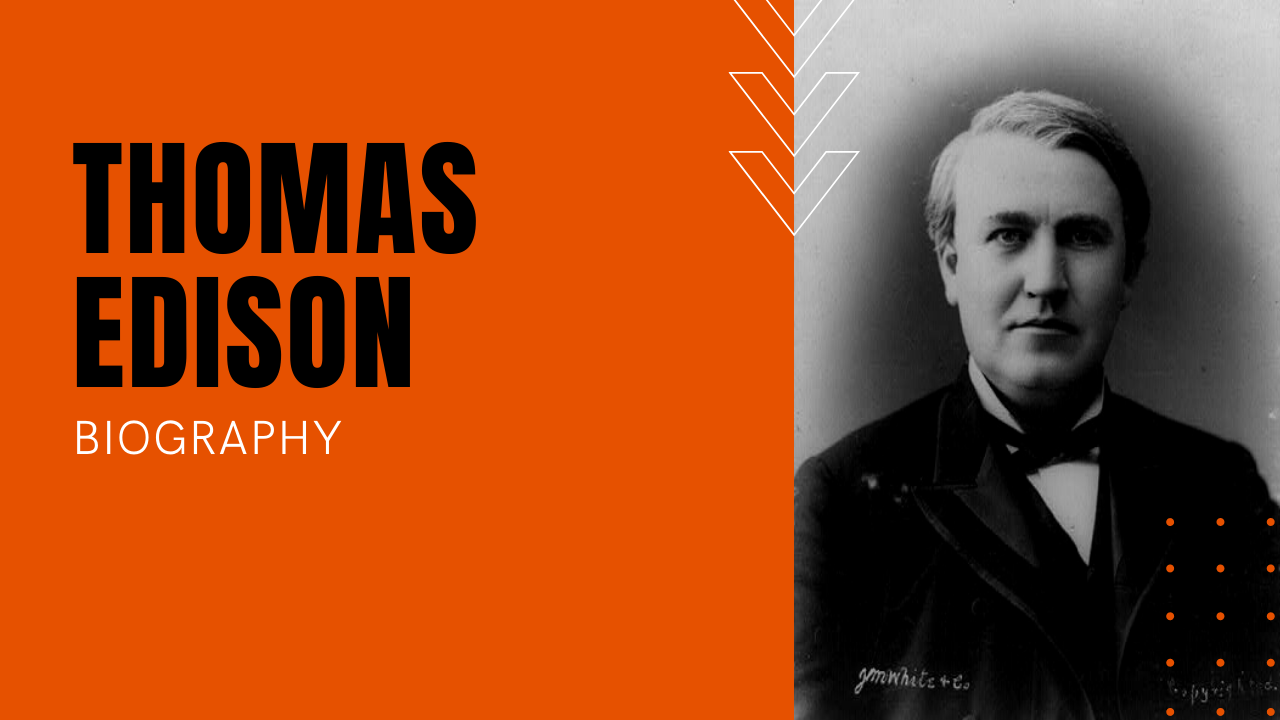Thomas Edison Successfully Invents the Incandescent Lightbulb

Thomas Edison was hardly the first to develop an incandescent lightbulb, which was originally patented in England in 1841 by Frederick de Moleyns. In the ensuing four decades, however, a steady succession of inventors failed to produce a safe, bright and affordable bulb that could stay lit for more than a few minutes at a time.
When 31-year-old Thomas Edison threw himself into the challenge of developing a commercially viable, durable lightbulb, the serial inventor sought to develop not only a working bulb, but an entire lighting grid powered by a dedicated generator.
Thomas Edison’s Menlo Park Lab
Well funded by the Edison Electric Light Company, Edison set to work inside his laboratory on his 34-acre research-and-development facility at Menlo Park, New Jersey.
Together with a couple dozen young research assistants, the team succeeded in creating a vacuum tube with less than a one-millionth concentration of air, which embodied the required conditions for a platinum filament to light successfully without catching fire.
After a number of positive tests, Edison relegated his platinum filament to what he referred to as his “cemetery of inventions,” since the metal proved to be too costly for commercial exploitation.
Turning to cheaper carbon filaments, Edison experimented with raw silk, cork and even beard hairs procured from two of his staff members, until on October 21, 1879, Edison and his team landed on a high-resistance carbon filament which burned continuously for more than 13 hours.
Thomas Edison Inventions Crowned Him “Wizard of Menlo Park”
Already hailed as the “Wizard of Menlo Park” for his invention of the phonograph, telegraph and telephone, on New Year’s Eve, 1879, Thomas Edison displayed an impressive string of some 25 lightbulbs on his generator grid, which would soon radically transform a nation reliant upon tallow candles, kerosene, whale oil and gaslights for night vision, illumination sources which blackened walls and furniture, reeked of sulfur and ammonia and had a long pedigree of setting homes and businesses on fire.
Of the visitors in attendance at Edison’s New Year’s Eve reveal, the only disappointed guests were the crestfallen representatives from the Brooklyn Gaslight Company, who like everyone else in attendance had just witnessed the dawn of the future.
The fortunes would be reversed for the lucky stockholders of the Edison Electric Light Company, whose $100.00 Initial Public Offering share price would soon explode to a high of $4,500.00 per share, which in today’s money would cost an investor more than $115,000.00 for each and every share.
